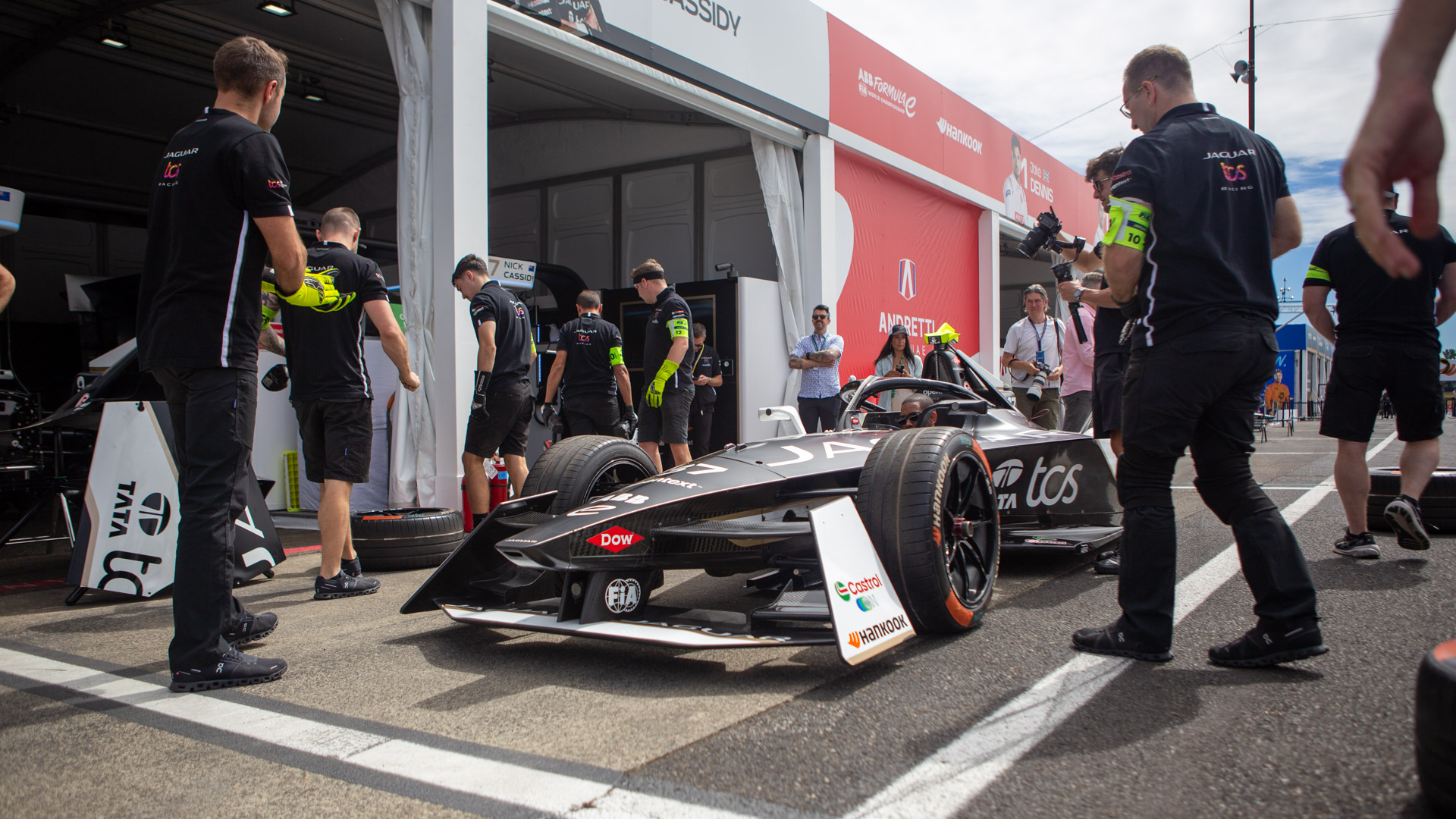

Contrary to what you might expect, the electric cars of Formula E aren’t silent. While the noise isn’t quite as loud as you get from Formula One races, the whir of the electric motors still provides an ample soundtrack to the proceedings.
I got my first experience of Formula E was in its infancy in Hong Kong, back in 2016. Now eight years later as it was setting up for a doubleheader at the Portland International Racetrack in Oregon, I saw just how far the sport has come.
There are lots of reasons this all-electric race series is rapidly growing in popularity. Firstly, it’s far more accessible. Ticket prices are more affordable, and the drivers are constantly on the charm offensive, providing face time with its fans that would be unheard of in F1. Then there’s the race itself, which is far more unpredictable with positions changing every few seconds and even cars at the back of the pack able to climb quickly into poll. The win isn’t a forgone conclusion – even in the last lap.
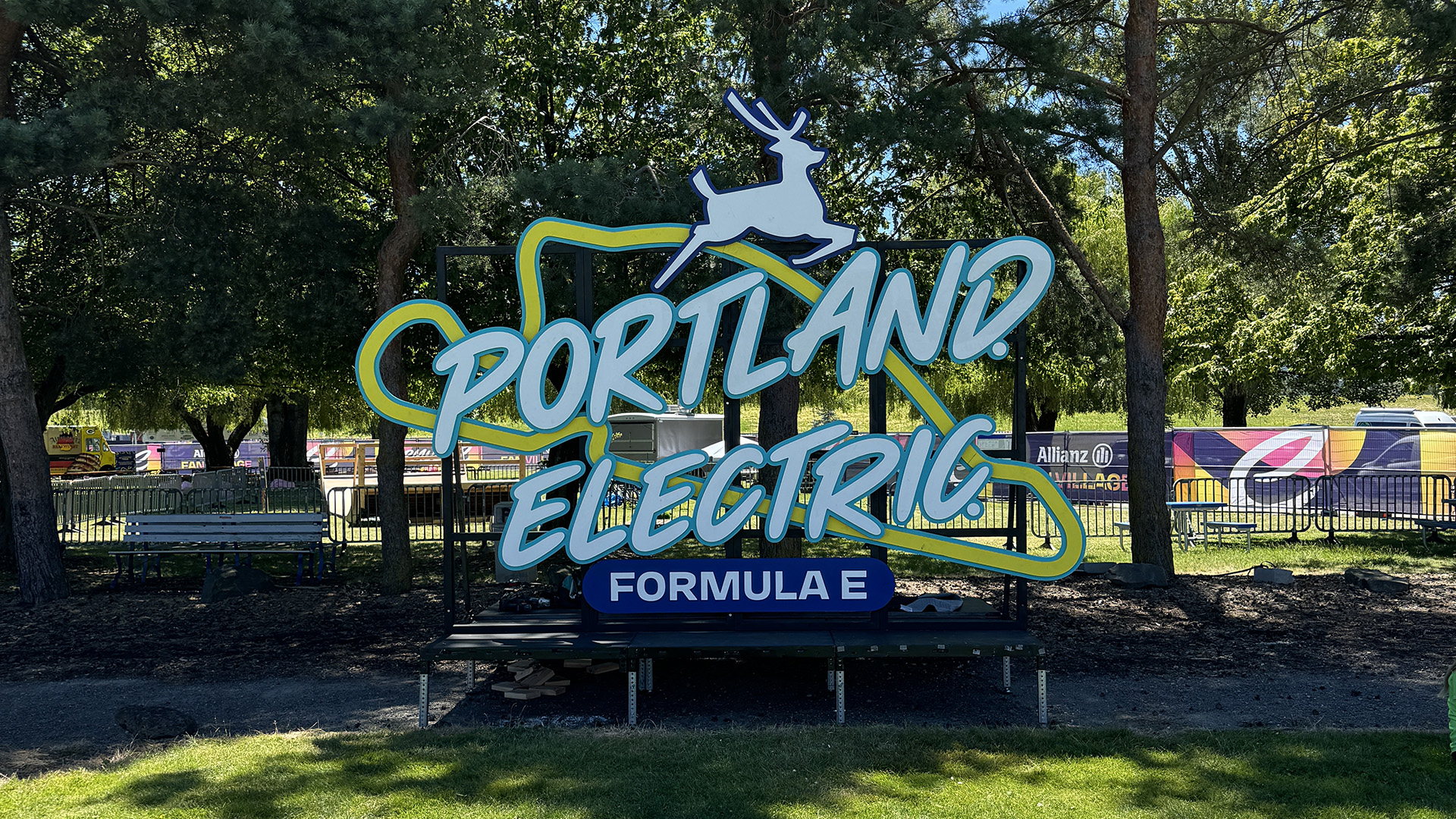
Then there’s the sustainability angle. Formula E goes far beyond just the electric power. Tyre options are limited to a single type to reduce the amount of rubber that needs to be used by each team and transported between venues. Even the lanyards for the event are made of recycled materials.
You could question the sustainability of a sport that travels constantly between international venues, but the sport has a certified net zero carbon footprint. This is thanks to its effective measuring of carbon, reduction and offsetting of carbon emissions, and is something it is continually working to improve on each season.
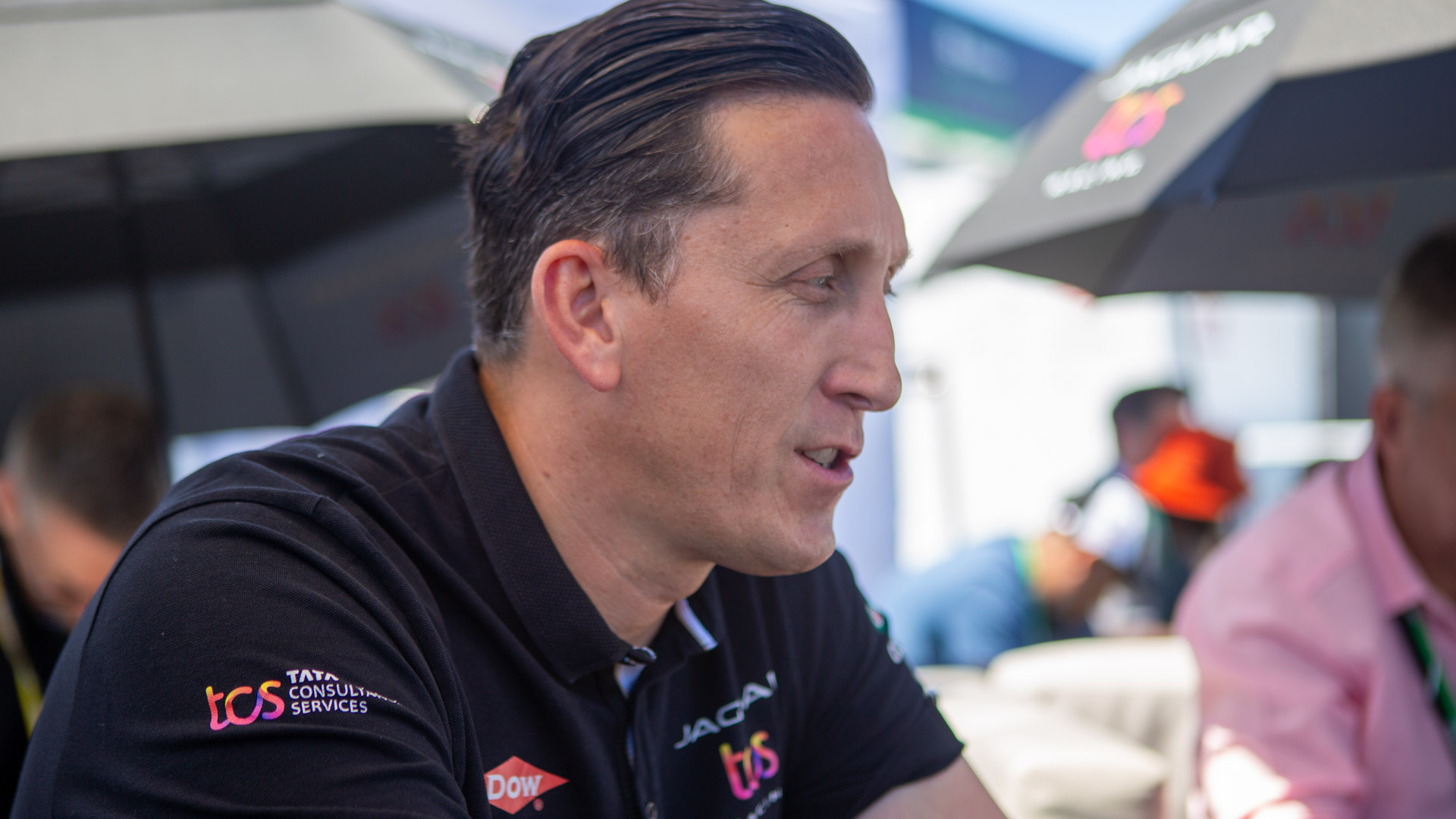
James Barclay, Jaguar TCS Racing team principal
Jaguar TCS Racing Team
The teams involved in Formula E are a mixture of manufacturers and racing teams, with notable differences from those involved in F1. Porsche, Maserati, Nissan and Jaguar are some of the big names here. Jaguar, who hosted me for the Portland event, is currently leading the drivers and the teams’ championship, and a convincing win this weekend could clinch it.
Jaguar’s drivers are both from New Zealand and grew up karting together. Mitch Evans has been with the British racing team since it first joined Formula E back in 2014, while Nick Cassidy came on board from Envision Racing last season.
Sign up to the T3 newsletter for smarter living straight to your inbox
Get all the latest news, reviews, deals and buying guides on gorgeous tech, home and active products from the T3 experts
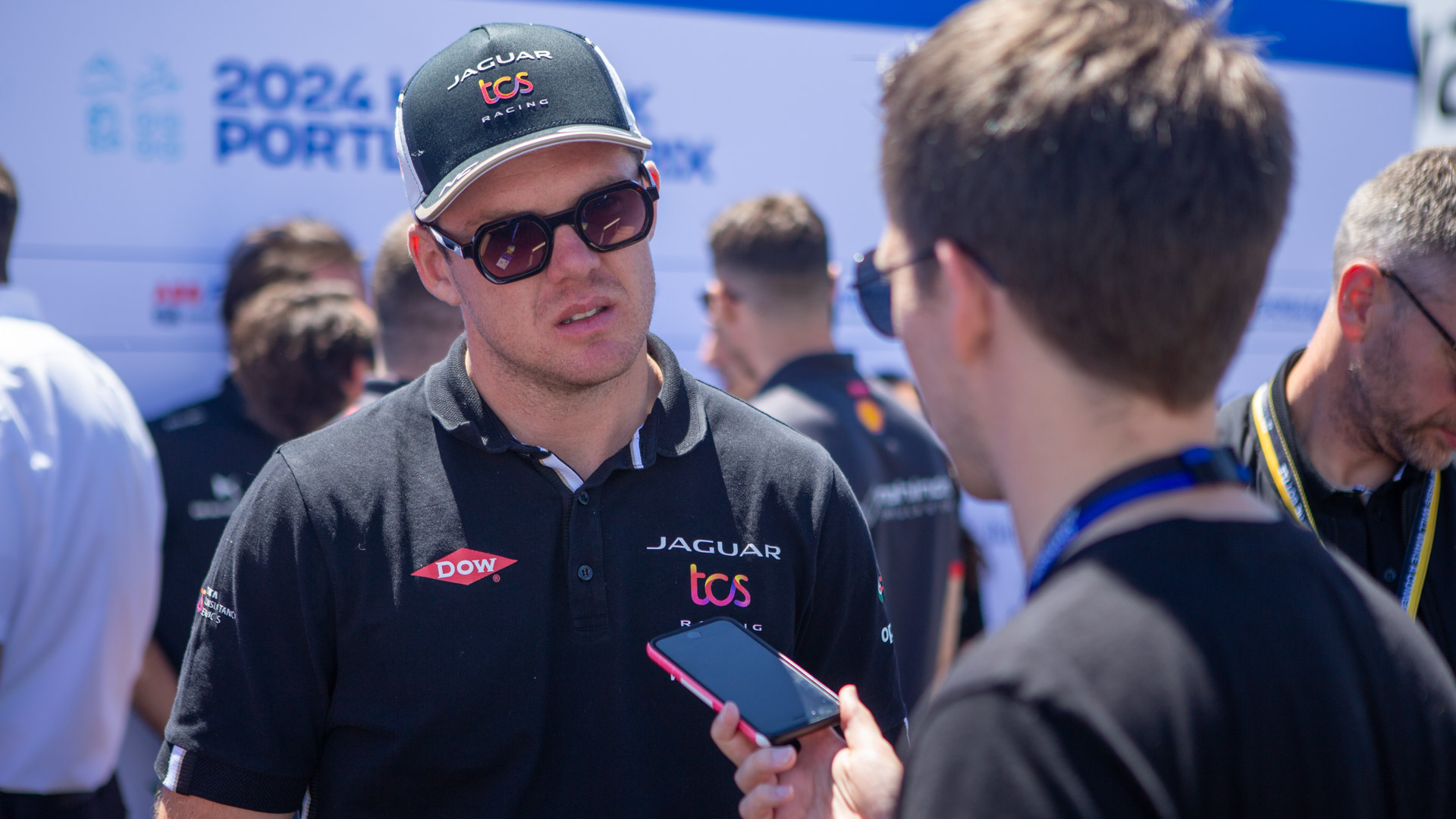
Nick Cassidy, Jaguar TCS Racing driver
So what’s the key to Jaguar’s success? According to Jaguar TCS Racing team principal James Barclay, it’s about consistency. “Honestly speaking, it's a combination of so many factors right now and consistency is one real key point. Consistency of team and staff, consistency of sticking at it and continuing to learn and develop. Like any sports team or any sports person, you don't just do it straight away. It takes a lot of practice, a lot of effort and it's about consistency of approach. Seeing where you can improve and being relentless in being open and transparent, where you can improve and develop as a team.
The location of the races changes a little each year with new locations being added to the roster. These are a mixture of formal racetracks and city courses. It’s the city locations that really appeal to Nick Cassidy though. “You just got to be absolutely on the limit to get performance out of it, says Cassidy. “There’s no room for error. You got to man up and put the car on the limit against concrete walls which on single-lap qualifying is never easy to do. Get it right though and it’s really a rewarding feeling.”
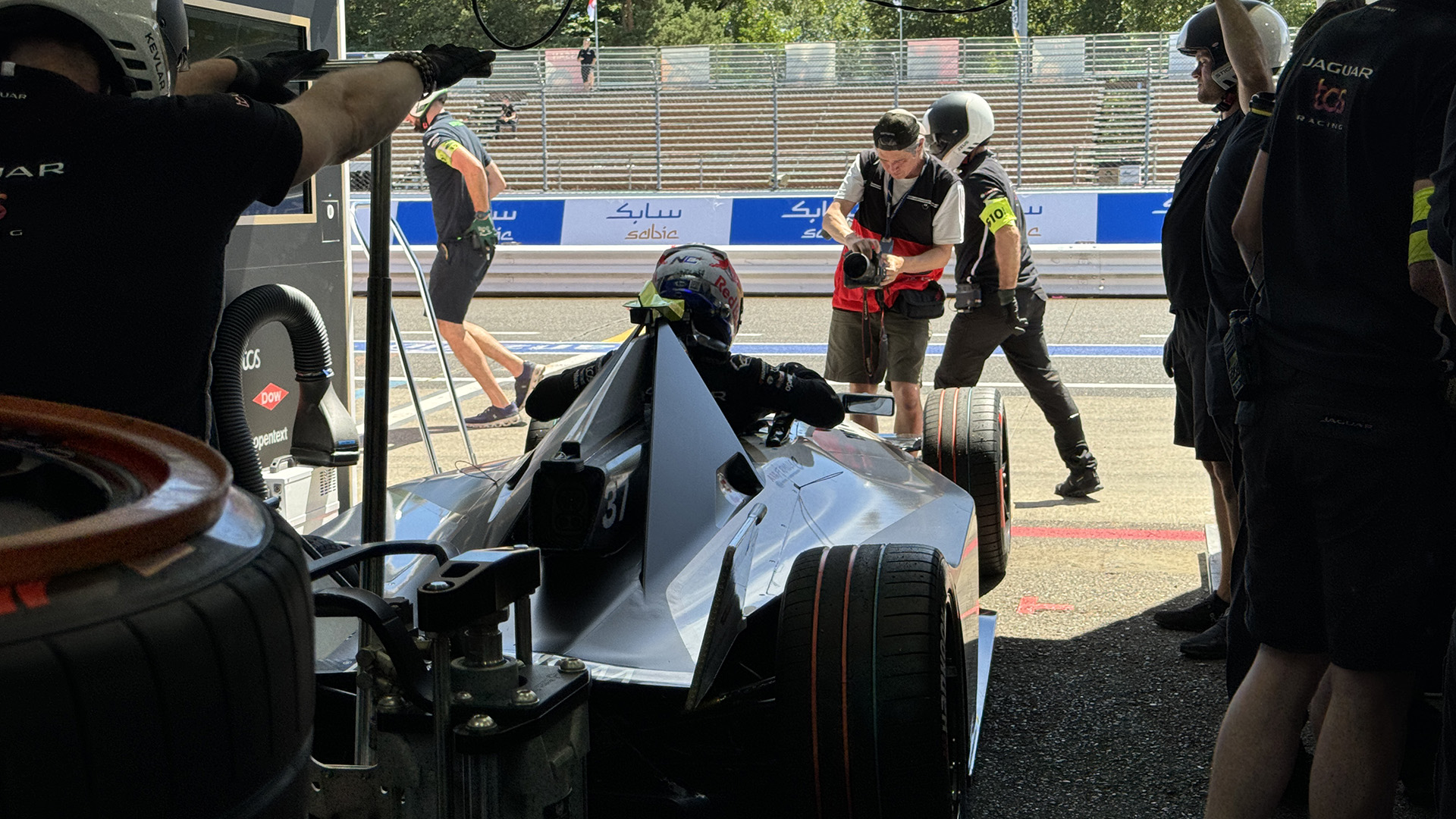
Portland (Races 13 and 14, Season 10)
Despite a strong start in the Portland race, it didn’t go Jaguar’s way. On the first day, Mitch picked up a 5-second penalty which dropped him down to 8th place and Mitch spun out from poll position in the last two laps, which left him finishing towards the back of the pack. The second day didn’t go much better, with Mitch finishing 3rd and Nick in 13th. It all comes down to the last two races, which take place in London on 20th and 21st July. Once again, keeping fans on the edge of their seats.
While the fan base is building, Formula E does still have some way to go if it wants to compete with F1. I wonder if the sport is almost too accessible. Would an influx of celebrities or grander venues give it an extra push, or does it just need its own Drive to Survive series on Netflix?
For a motor racing series less than 10 years old though, it’s come a long way and its future looks bright. Major changes in car design happen every four years, while smaller updates are introduced halfway through. Formula E is using the third-generation car for season 10, with the Gen 3 Evo coming for season 11.
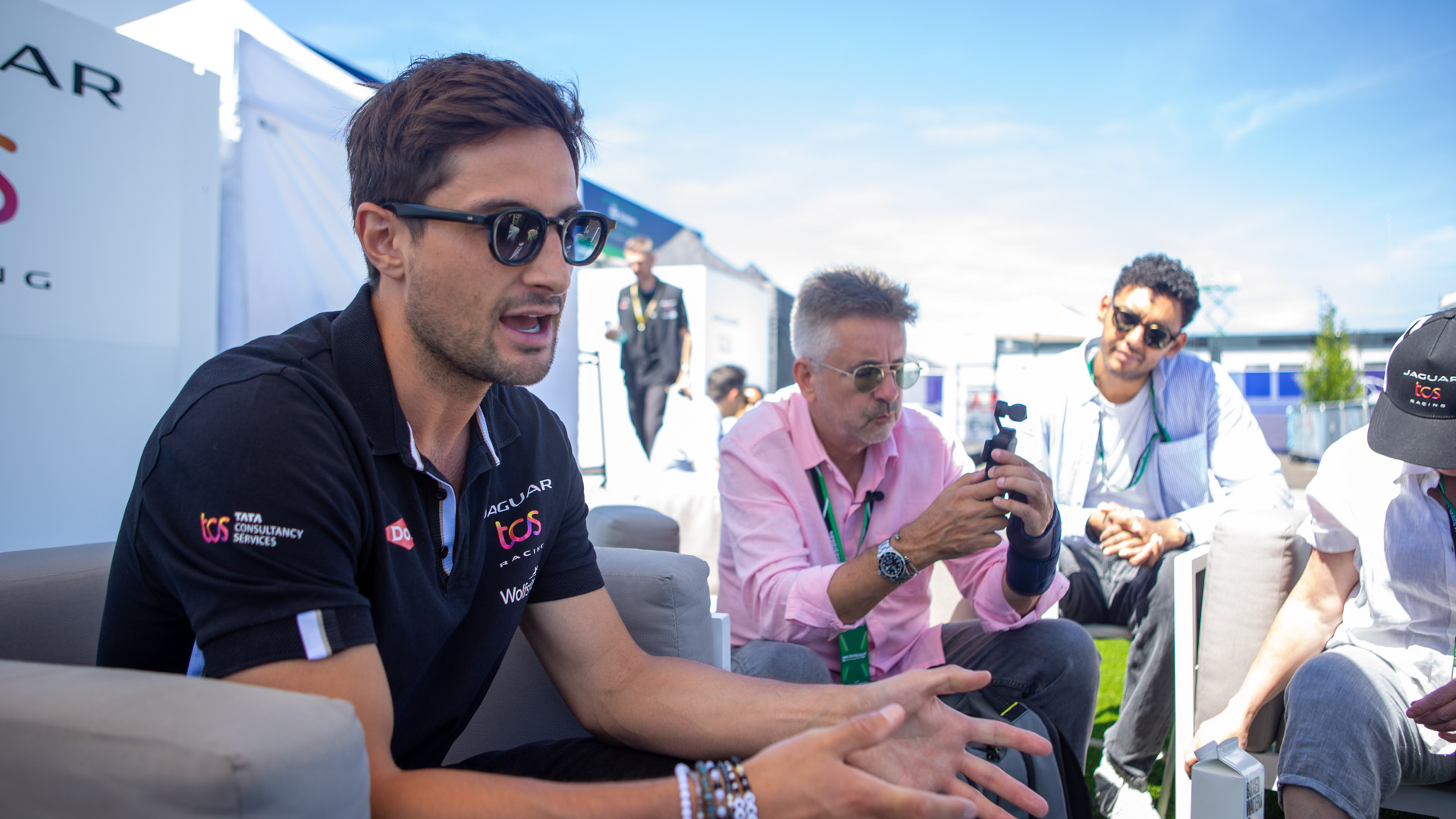
Mitch Evans, Jaguar TCS Racing driver
Continuing to evolve
The next incarnation of the car is expected to bring four-wheel-drive to the cars – currently, they are rear-wheel powered but four-wheel regeneration – as well as a potential charging pit stop. Right now the cars are charged before the race and don’t pit unless there’s a problem. This means that the charge has to last the full number of laps.
“I drove the [Gen 3 EVO] car for the first time last week,” says Evans. “The car is very similar, to be honest. The same regulation, so the same amount of power and the powertrain is very similar, but obviously there are a few changes aesthetically to the bodywork. We've got four-wheel-drive next year and high power. Maybe the attack charge comes in, we're not sure about that right now. So there are a few changes we're gonna have to get on top of. But fundamentally it's all it is quite similar. We’ve still got 350 kilowatts, so even with four-wheel-drive we will still have the same amount of power, we can just use the front motor to assist with that. The big change will come in Gen four, but next year is certainly a step in that direction.”
The teams don’t tend to fully charge the cars for the start of the race, as they gain so much power through regeneration when the cars are braking. According to Jaguar, roughly 60% of the power required to finish the race right now comes from that braking regeneration.
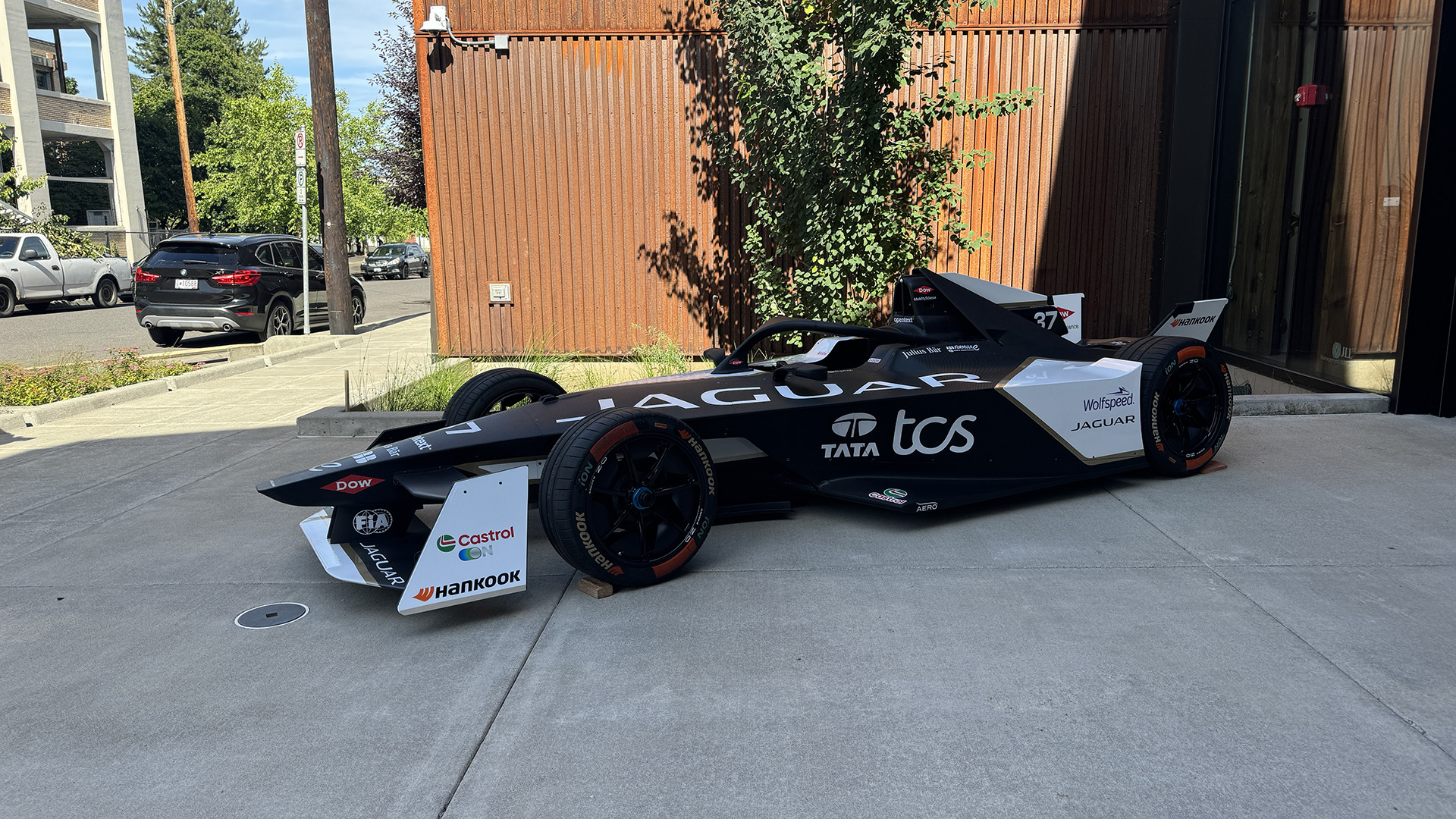
Gen 3 Jaguar TCS Racing car
Adding a charging stop would change the tactics allowing the cars to use more power on the track and add an extra twist to the racing order. The really interesting thing though is the impact it could have on consumer electric cars.
Materials used in Jaguar’s electric racing car are already being passed down to its road cars. Lessons learned in fast charging techniques for Formula E could help to develop faster ways to charge your EV on the road.
The 2030 deadline for car companies to go all-electric is expected to be a key date for Formula E as well. Could a non-electric racing series like F1 actually seem a bit dated by then? Of course, more sustainable features are being brought into F1, with regeneration in braking and synthetic fuels. But Formula E represents the future of car technology, and unless F1 plans to go electric too, it might seem a bit old school.
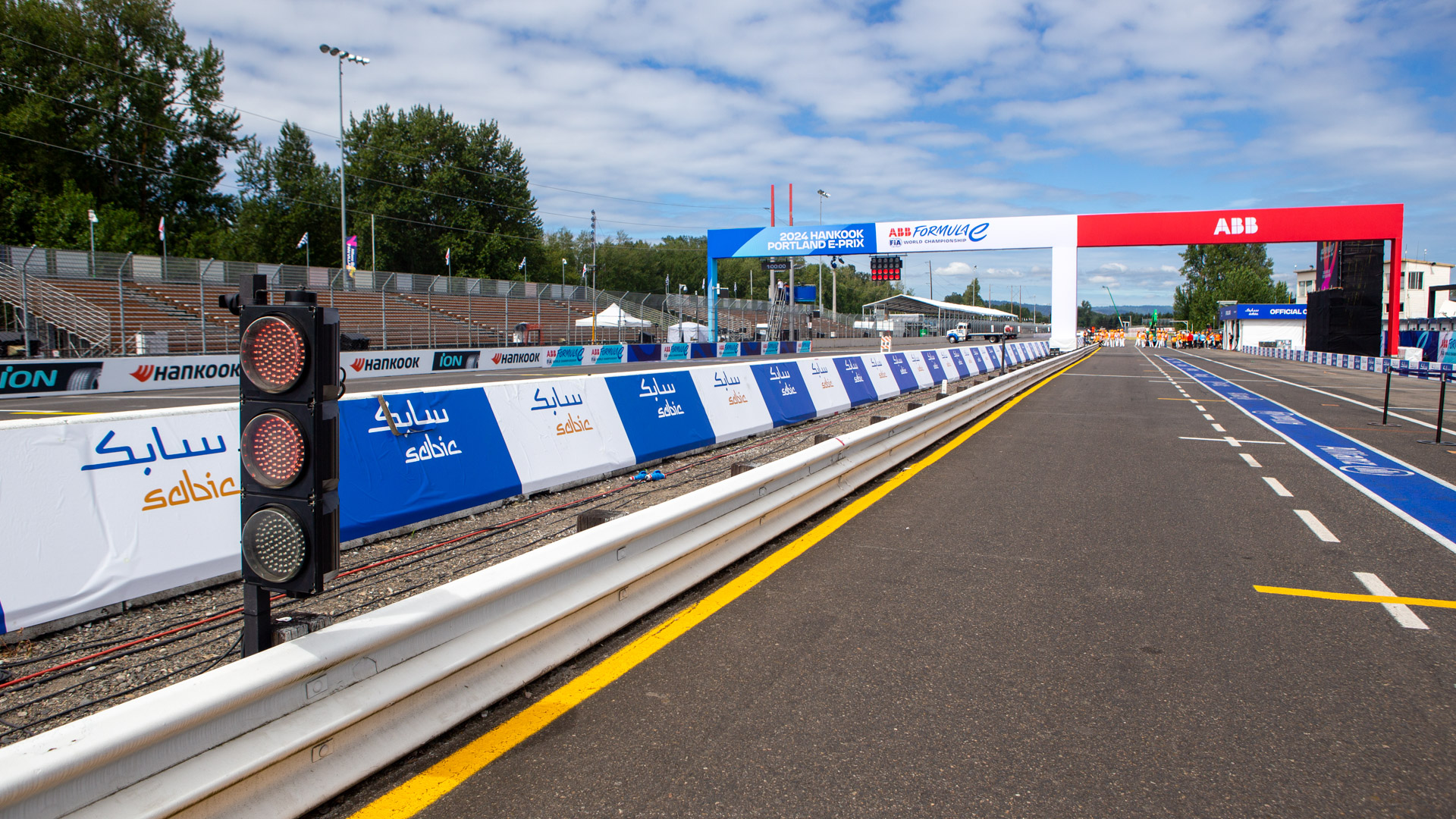
The London E-Prix takes place on 20th and 21st July at ExCeL London. For more information and tickets visit the Formula E page. you can also watch all Formula E races on Channel 4.
As T3's Editor-in-Chief, Mat Gallagher has his finger on the pulse for the latest advances in technology. He has written about technology since 2003 and after stints in Beijing, Hong Kong and Chicago is now based in the UK. He’s a true lover of gadgets, but especially anything that involves cameras, Apple, electric cars, musical instruments or travel.
-
 3 overrated shoulder exercises, according to a fitness expert (and what to do instead)
3 overrated shoulder exercises, according to a fitness expert (and what to do instead)Sculpt 3D shoulders whilst minimising injury with these three alternative exercises
By Bryony Firth-Bernard Published
-
 Polar’s new subscription feature lands in the shadow of Garmin’s Connect+ rollout
Polar’s new subscription feature lands in the shadow of Garmin’s Connect+ rolloutPR genius or timing disaster? Polar’s new Fitness Programme adds adaptive training to its ecosystem
By Matt Kollat Published
-
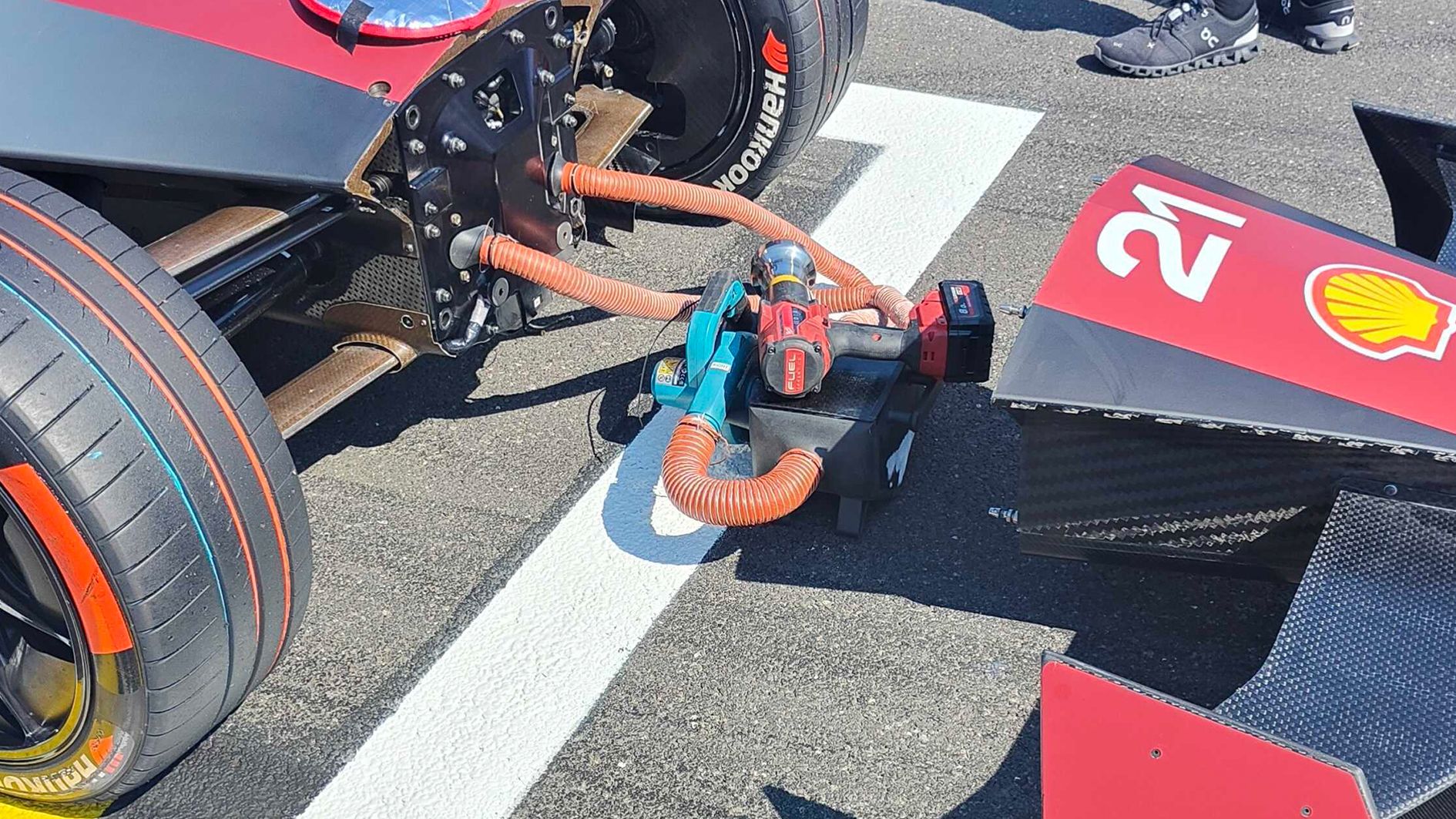 Here's why EV owners should care about Formula E
Here's why EV owners should care about Formula EFrom race to road, Formula E is driving the next EVs
By Andy Sansom Published
-
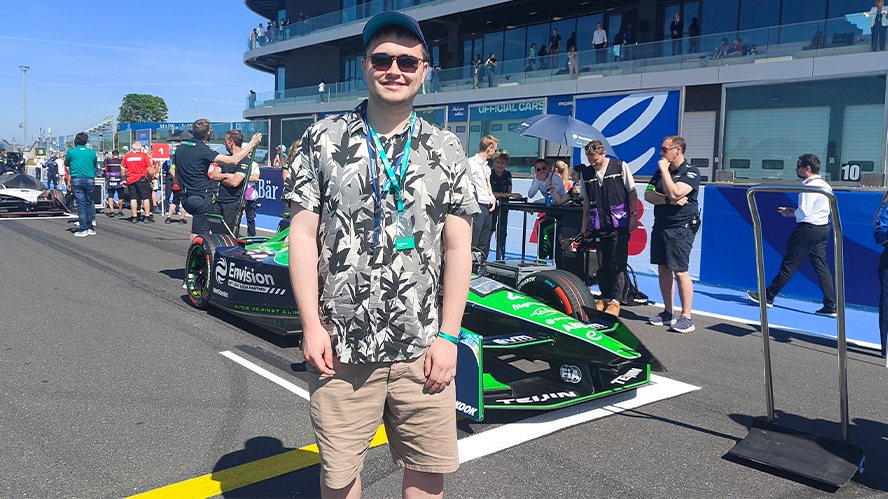 A weekend at Formula E that I'll never forget
A weekend at Formula E that I'll never forgetIt's a hard life, but someone's gotta do it.
By Andy Sansom Published
-
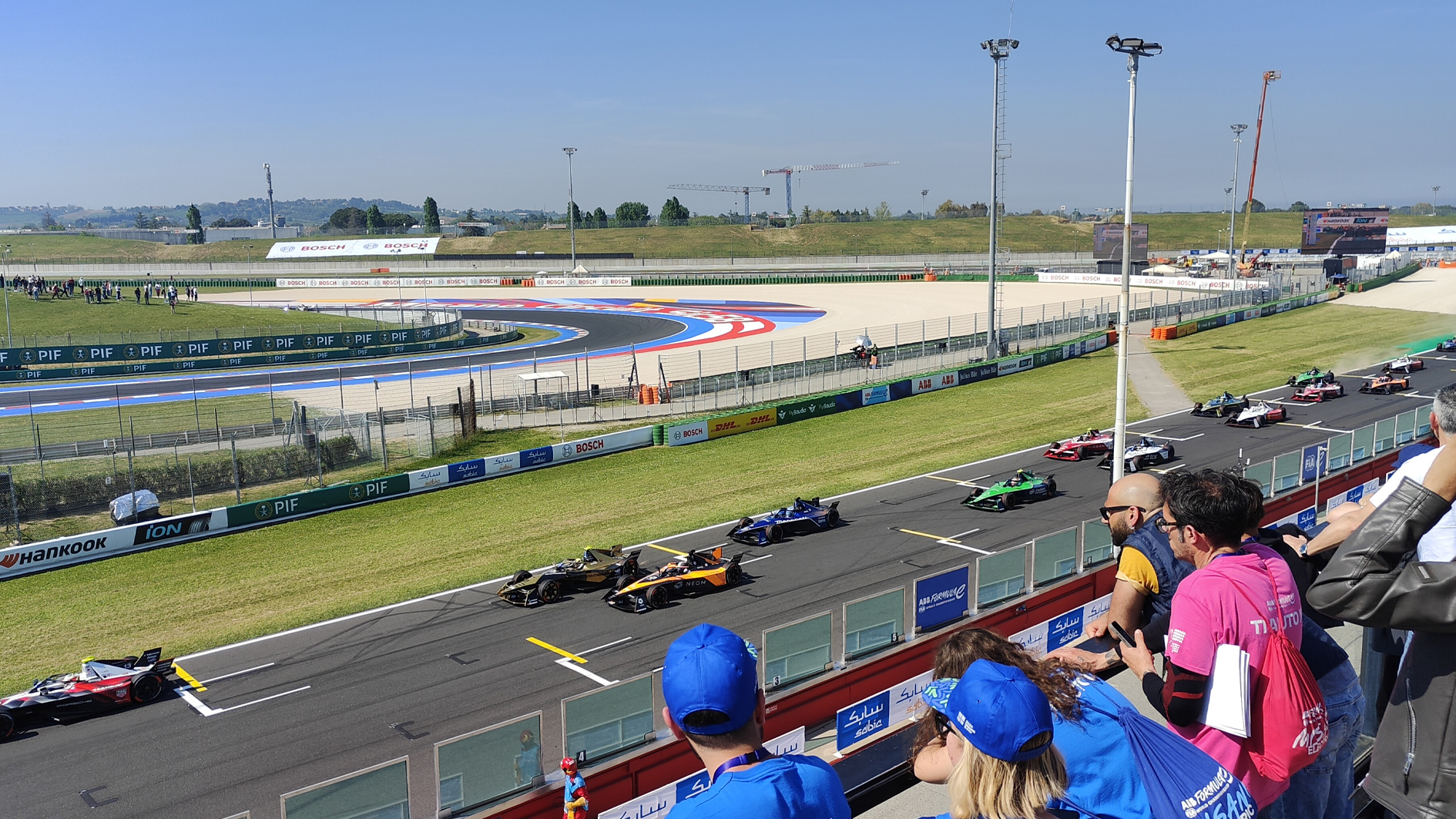 The stars of Formula E on why it's the most exciting series in motorsport
The stars of Formula E on why it's the most exciting series in motorsportThe competition is electric
By Andy Sansom Published